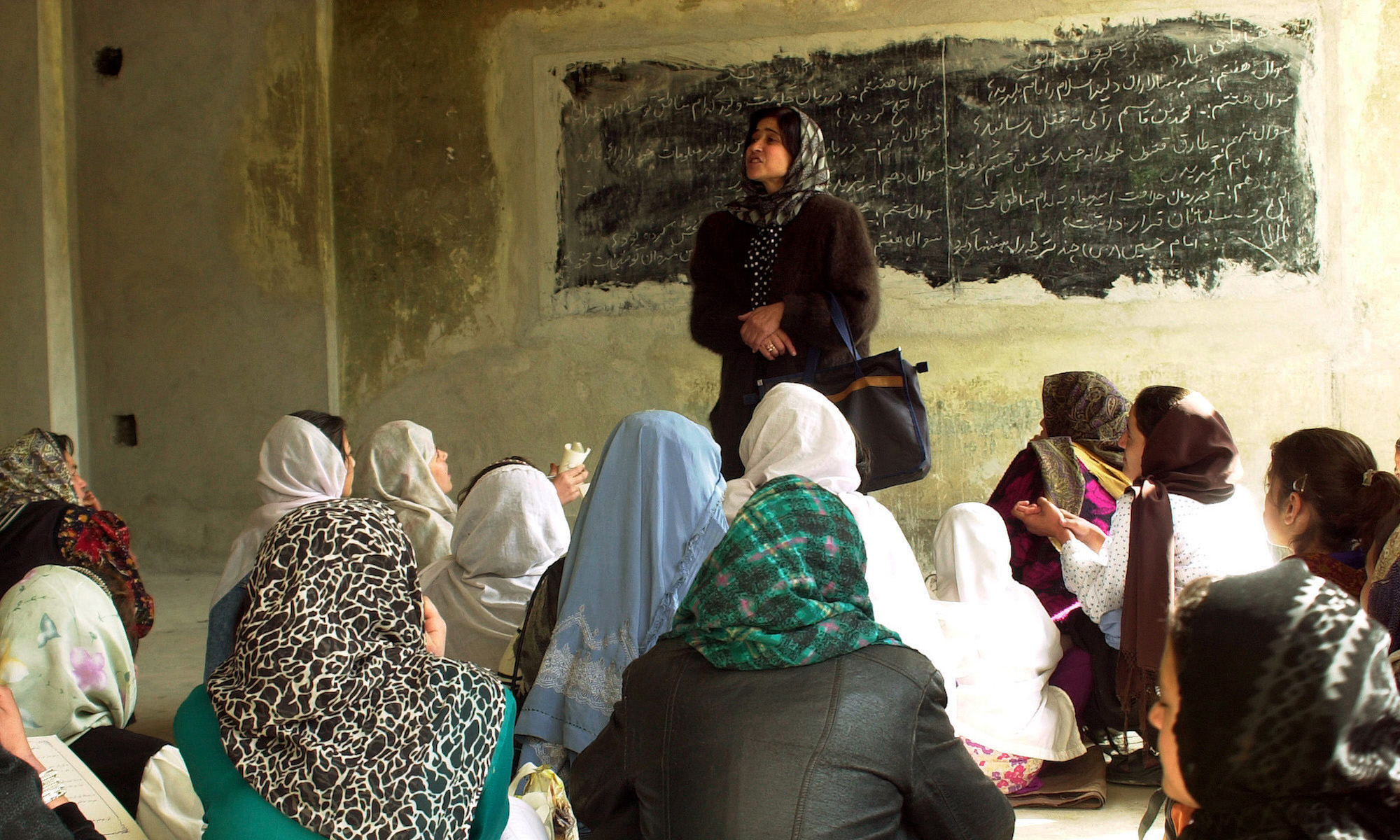In 2002 Afghanistan began to experience a violent insurgency as the Taliban and other groups conducted a sustained effort to overthrow the Afghan government. Why did an insurgency begin in Afghanistan? Answers to this question have important theoretical and policy implications. Conventional arguments, which focus on the role of grievance or greed, cannot explain the Afghan insurgency. Rather, a critical precondition was structural: the collapse of governance after the overthrow of the Taliban regime. The Afghan government was unable to provide basic services to the population; its security forces were too weak to establish law and order; and there were too few international forces to fill the gap. In addition, the primary motivation of insurgent leaders was ideological. Leaders of the Taliban, al-Qaida, and other insurgent groups wanted to overthrow the Afghan government and replace it with one grounded in an extremist interpretation of Sunni Islam.
Establishing Law and Order After Conflict
This study contains the results of research on reconstructing internal security institutions during nation-building missions. It analyzes the activities of the United States and other countries in building viable police, internal security forces, and justice structures. This study examines in detail the reconstruction efforts in Iraq, Afghanistan, and Kosovo, three of the most important instances in the post-Cold War era in which the United States and its allies have attempted to reconstruct security institutions. It then compares these cases with six others in the post-Cold War era: Panama, El Salvador, Somalia, Haiti, Bosnia, and East Timor. Finally, the study draws conclusions from the case studies and analysis, and derives recommendations to help the United States and other international actors improve their performance in the delivery of post-conflict security. The results should be of interest to a broad audience of policymakers and academics concerned with the successes and shortcomings of past security efforts. Although the study is not intended to be a detailed analysis of U.S. or allied military doctrine regarding stability operations, we believe it provides a useful set of guidelines and recommendations for a wide range of military, civilian, and other practitioners.
Securing Health: Lessons from Nation-Building Missions
We define nation-building as efforts carried out after major combat to underpin a transition to peace and democracy. Nationbuilding involves the deployment of military forces, as well as comprehensive efforts to rebuild the health, security, economic, political, and other sectors. The research we conducted focused on one aspect of nation-building-efforts to rebuild the public health and health care delivery systems after major combat. We looked at seven cases- Germany, Japan, Somalia, Haiti, Kosovo, Afghanistan, and Iraq. These are some of the most important cases since World War II in which international institutions, non-governmental organizations (NGOs), and countries such as the United States have taken part in efforts to rebuild the health sector. These missions also have important health components. To date, a significant amount of academic and policy-relevant work has been devoted to efforts to rebuild such areas as police and military forces. Little comprehensive work has examined efforts to rebuild public health and health care delivery systems, however. The work that has been done on health tends to focus on immediate humanitarian and relief efforts rather than long-term health reconstruction. The goal of our research was to fill this void.
